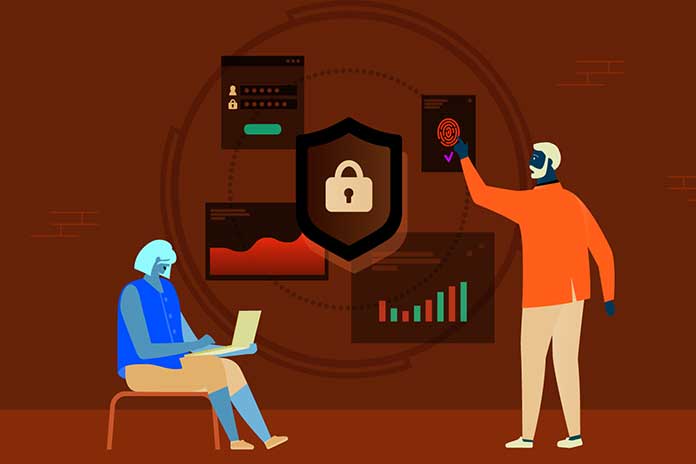Managing the data security of a private individual or a public administration essentially means guaranteeing the protection of one’s information assets and, therefore, protecting corporate IT data.
Table of Contents
The Three Principles Of Cyber Security
We have already defined what is meant by cyber security (or Cyber Security). Let us now try to understand the basis of this discipline. How do we ensure correct and adequate data management? Strategies, activities, roles, and skills may differ, but every activity aimed at protecting company information is always based on three pillars. These principles must be sought in every security solution, also taking into account the implications introduced by vulnerabilities and risks.
Confidentiality Of Data
A strategy aimed at IT privacy must first offer confidentiality, i.e., ensure that data and resources are preserved from possible use or access by unauthorized parties. Confidentiality must be ensured throughout all the life stages of the data, starting from its storage, use, or transit along a connection network. The causes of breach of confidentiality can be attributable to a malicious attack on vegetable garden human error.
The attack methods can be manifold and go, for example, stealing passwords (the advice here is always to generate secure passwords through special software), the interception of network data, or social engineering actions, to name someone. The errors of persons capable of compromising the confidentiality of information concern, for example, the incorrect use of authentication tools and rules and the free access to devices to unauthorized third parties.
Protect The Confidentiality Of An IT System
Various tools can be used to ensure the confidentiality of information: the encryption of communications, authentication procedures, the creation of well-defined data governance models, and user awareness actions. The concept of confidentiality is not unique, as several elements must be taken into consideration by the individual organization about its business, for example, the degree of sensitivity of the information that is processed and the level of criticality and secrecy that characterize it.
Another element underlying the concept of IT security concerns the integrity, or rather the ability to maintain the truthfulness of data and resources and ensure that they are not modified or deleted in any way, except by authorized parties. Speaking of integrity means taking into consideration different scenarios: preventing unauthorized changes to information by users but also ensuring that the information is uniquely identifiable and verifiable in all contexts in which it is used.
Authentication Policy And Integrity Threats
To ensure integrity, it is necessary to implement clear authentication policies and constantly monitor the adequate access and use of resources with tools capable of creating audit logs. Access control (for example, through Identity & Access Management systems), authentication procedures, Intrusion Detection systems, access restrictions, and, once again, user training represent practical solutions to respect this principle.
Data integrity violations can occur at different levels, from the simple user to the administrators, and can be linked to using that does not comply with defined policies or to a security system misdesigned; there are also vulnerabilities inherent in the code itself that expose applications and resources to potentially fraudulent use, putting the integrity of the information at risk.
Availability Of Data
Finally, availability refers to the possibility, for authorized parties, of accessing the resources they need for a set time and in an uninterrupted manner. Making a service available essentially means preventing service interruptions during the defined time interval and ensuring that the infrastructural resources are ready for the correct provision of what is required.
Mechanisms must therefore be put in place to maintain the defined service levels, using Disaster Recovery, backup, and Business Continuity tools capable of limiting the effects of possible service unavailability or data loss.
Techniques And Technologies For Data Protection And Security
Threats jeopardizing service availability can concern software errors, device failures, environmental factors, and catastrophic events that put infrastructure offsides, such as power outages, floods, and earthquakes. There are also malicious actions explicitly aimed at making services unreachable: this is the case of DoS / DDoS attacks (Denial of Service / Distributed Denial of Service) or communication interruptions. Other reasons for a malicious action can generate an availability violation, such as the overuse of hardware and software components.
Or accidental removal of data. The countermeasures that can be put in place in this case concern, for example, the design of network infrastructures able to guarantee the redundancy of the systems and to offer the required services even in the event of failure or accident, firewall systems able to protect the networks internal and continuous traffic monitoring systems. Business Continuity policies also guarantee the implementation of solutions capable of limiting possible points of attack.


